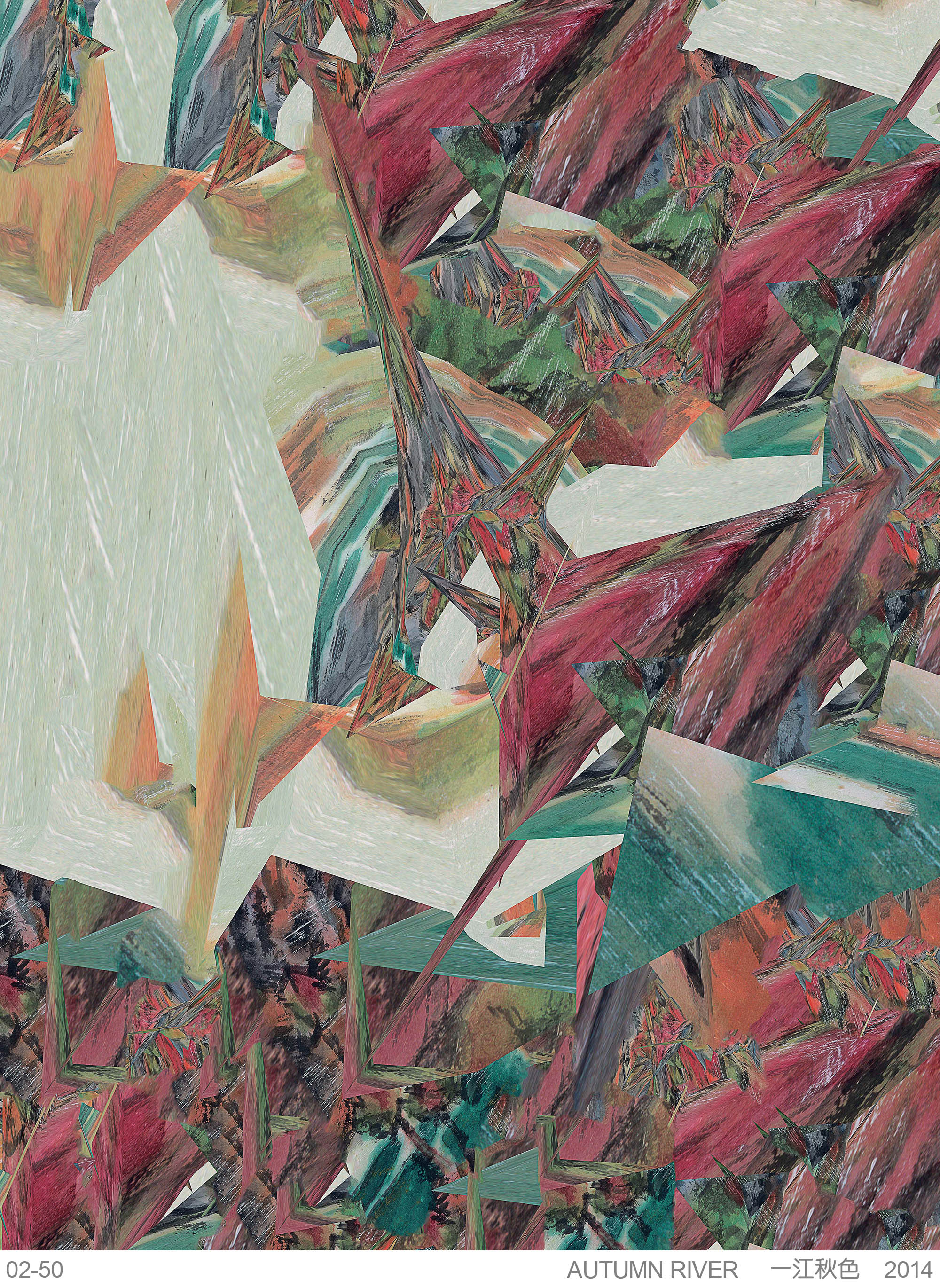




















Why I did it:
Setting foot in the U.S. in 2011 distanced me from the blanketing experience of Chinese culture, and gave me the opportunity to deal with my Chinese heritage with a more globally integrated mindset and in a project based upon abstraction and reconstruction. My diasporic experiences made China seem at quite a distance and seemingly unrelated to my immediate Western experience. I want to think in terms of both cultures, it was my digital training that more immediately helped to pave the way to a more global perspective because, despite the differences in software and programming, there is a universalizing base to the digital flow.
Setting foot in the U.S. in 2011 distanced me from the blanketing experience of Chinese culture, and gave me the opportunity to deal with my Chinese heritage with a more globally integrated mindset and in a project based upon abstraction and reconstruction. My diasporic experiences made China seem at quite a distance and seemingly unrelated to my immediate Western experience. I want to think in terms of both cultures, it was my digital training that more immediately helped to pave the way to a more global perspective because, despite the differences in software and programming, there is a universalizing base to the digital flow.
How I did it:
In this project, De-ShanShui, I want to look through the lens of the present at the past, and in particular at the Chinese painterly tradition of imitation (Transmission by Copying). Imitation and working with traditional methodology are the core concepts of Shan Shui paintings.
I feed a batch of 104 images of well-regarded Shan Shui paintings into my algorithms, and repeated this process with different parameters, which provided me with thousands of visuals to work with and choose from. The foundation of above process is my set of three self-coded algorithms that reconfigure the raw information in the original Shan Shui paintings. I convert the brushwork to create new arrangements of pixels and color information based upon the original earlier Shan Shui paintings. My working tools are my algorithms, which use computational formulae to reconstruct the original tableaux in order to spawn new ones. My digital methodologies provide me working techniques of universalism, repetition, randomness and effortless-action.
In this project, De-ShanShui, I want to look through the lens of the present at the past, and in particular at the Chinese painterly tradition of imitation (Transmission by Copying). Imitation and working with traditional methodology are the core concepts of Shan Shui paintings.
I feed a batch of 104 images of well-regarded Shan Shui paintings into my algorithms, and repeated this process with different parameters, which provided me with thousands of visuals to work with and choose from. The foundation of above process is my set of three self-coded algorithms that reconfigure the raw information in the original Shan Shui paintings. I convert the brushwork to create new arrangements of pixels and color information based upon the original earlier Shan Shui paintings. My working tools are my algorithms, which use computational formulae to reconstruct the original tableaux in order to spawn new ones. My digital methodologies provide me working techniques of universalism, repetition, randomness and effortless-action.